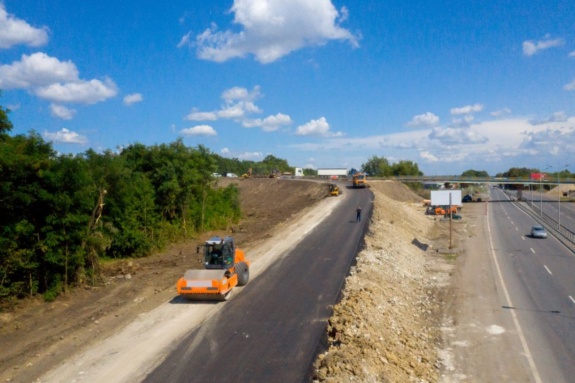Aggregates, often perceived as unremarkable components in the construction industry, are in fact the fundamental building blocks of our modern infrastructure. These materials, ranging from gravel and sand to crushed stone, form the backbone of our constructed environment. Their use dates back as far as the Roman Empire, emphasizing their longstanding significance in shaping modern human civilization. Today, aggregates continue to play a pivotal role in the development and maintenance of infrastructure, underpinning roads, bridges, buildings, and more. In this article, we’ll discuss the many roles that aggregates play in rebuilding infrastructure, exploring their applications, importance, and the challenges associated with their usage.
The Role of Aggregates in Construction
Aggregates are the most basic and the most essential materials in construction, offering strength, durability, and versatility. They form the foundation of various structures, including roads, bridges, and buildings. Over 90% of asphalt pavement and 80% of concrete are composed of aggregates, highlighting their importance in our daily surroundings. For instance, constructing a single lane-mile of interstate highway requires approximately 38,000 tons of aggregates. Even the construction of residential and institutional buildings like homes, schools, and hospitals demands large quantities of these materials.
Infrastructure and Economic Growth
Infrastructure is not only vital for our modern society to function but also for our nation’s economic prosperity. Efficient transportation systems, public utilities, and buildings are instrumental in supporting a nation’s growth, and aggregates play a critical role in this aspect, providing the necessary materials for new construction, additions, and renovations. The rebuilding and maintenance of infrastructure, particularly in areas experiencing rapid population growth or aging infrastructures from the mid-20th century, hinge on the availability and use of high-quality aggregates. These materials are pivotal in expanding and refurbishing roads, bridges, and public utilities.
Sourcing and Environmental Considerations
The extraction of aggregates is a complex process, often facing community resistance due to perceived ecological impacts. However, modern management practices have significantly mitigated these concerns. Access to local aggregate sources is vital for reducing construction costs and environmental impacts, such as excessive truck traffic and related emissions. The closer the aggregate source is to the construction site, the lower the transportation costs and the associated carbon footprint. In addition, responsible reclamation of aggregate sites after extraction minimizes the long-term environmental impacts, with many sites being rehabilitated for community recreational use or ecological restoration.
In summary, aggregates are indispensable in the rebuilding and maintenance of infrastructure. Their extensive use across various construction projects highlights their irreplaceable role in our built environment. The strategic sourcing of these materials, coupled with environmentally conscious extraction and management practices, is essential for sustainable construction and development. As we continue to rebuild and expand our infrastructure, the role of aggregates remains as relevant and vital as ever, strengthening the very foundations of our modern society.
Today, Brannan Companies has extensive experience, a knowledgeable team, and wide-ranging services. We provide a one-stop solution for aggregate needs in construction. We are backed by a commitment to safety, innovation, and customer satisfaction. Our history of contributing to major projects showcases. We invite potential clients to learn about our story, view past projects, and discuss future collaborations.
For more information about the products and services we provide, contact us via our website or give us a call at 303-534-1231.

